Camzam Apple Info: Learn About Camelot Crabapple Trees
Even if you lack a large garden space, you can still grow one of the many dwarf fruit trees such as the Camelot crabapple tree, Malus ‘Camzam.’ This deciduous crabapple tree bears fruit that not only attracts birds but can also be made into delicious preserves. Interested in growing a Camelot crabapple? Read on to find out how to grow a Camelot crabapple and Camelot crabapple care.
Camzam Apple Info
A dwarf cultivar with a rounded habit, Camelot crabapple trees have dark green, thick, leathery leaves with a hint of burgundy. In the spring, the tree sports red flower buds that open to aromatic white flowers tinged with fuchsia. Blossoms are followed by ½ inch (1 cm.) burgundy colored fruit that ripen in the late summer. Fruit left on trees may persist into the winter, providing nourishment for a variety of birds. When growing a Camelot crabapple, the tree can be expected reach heights of around 10 feet (3 m.) by 8 feet (2 m.) wide at maturity. This crabapple can be grown in USDA zones 4 to 7.
How to Grow a Camelot Crabapple
Camelot crabapples prefer full sun exposure and well-draining acidic loam, although they will adapt to different types of soil. Camzam crabapples will also adapt to lower light levels but be aware that a tree planted in a shaded area will produce fewer flowers and fruit. Dig a hole for the tree that is as deep as the root ball and twice as wide. Loosen the root ball of the tree and gently lower it into the hole so that the soil line is even with the surrounding soil. Fill in the hole with soil and water in well to remove any air pockets.
Camelot Crabapple Care
A wonderful attribute of the Camelot crabapple is its pest and disease resistance. This cultivar is also drought resistant once established. This means that there is very minimal maintenance when growing a Camelot crabapple. Newly planted trees don’t need fertilization until the following spring. They do need consistent deep watering a couple of times a week. Also, add a few inches (8 cm.) of mulch over the roots to help retain moisture. Be sure to keep the mulch away from the trunk of the tree. Reapply a couple of inches (5 cm.) of mulch each spring to continuously supply the tree with nutrients. Once established, the tree requires little pruning. Prune the tree as needed after it has flowered but prior to summer to remove any dead, diseased, or broken limbs as well as any ground sprouts.
Gardening tips, videos, info and more delivered right to your inbox!
Sign up for the Gardening Know How newsletter today and receive a free copy of our e-book "How to Grow Delicious Tomatoes".

Amy Grant has been gardening for 30 years and writing for 15. A professional chef and caterer, Amy's area of expertise is culinary gardening.
-
 Get Ready For A Summer Of Hummers! Grow These Full Sun Hummingbird Plants and Flowers
Get Ready For A Summer Of Hummers! Grow These Full Sun Hummingbird Plants and FlowersIf you’re lucky enough to enjoy a sunny backyard, make sure you are maxing out on your pollinator opportunities and grow these full sun hummingbird plants and flowers
By Tonya Barnett
-
 12 Lush Alternatives To A Lawn For Sustainable Spaces
12 Lush Alternatives To A Lawn For Sustainable SpacesAlternatives to a lawn are beautiful and also beneficial to your local ecosystem and its pollinators. Explore our top picks for plants to replace grass.
By Tonya Barnett
-
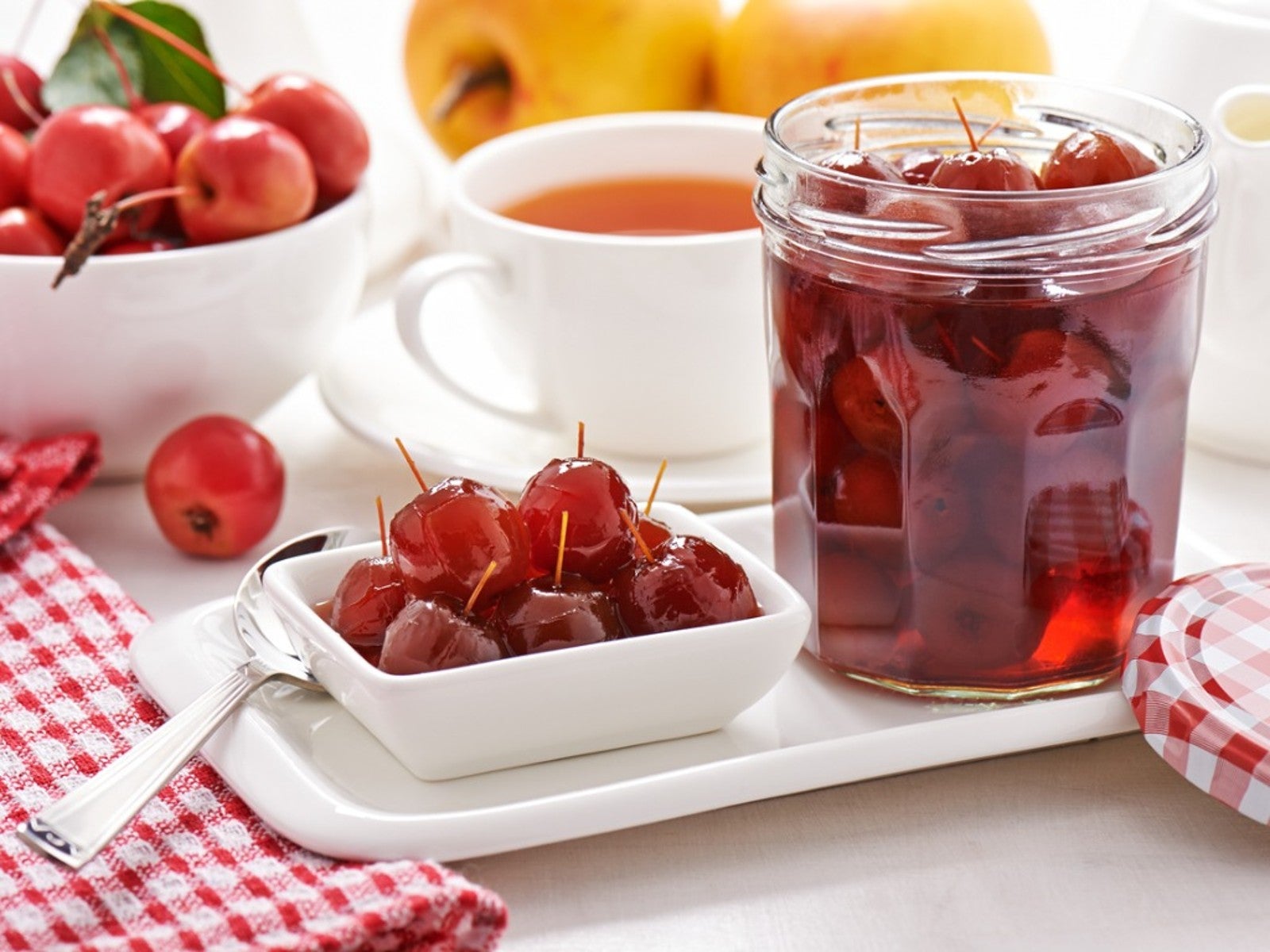 Crabapples Recipe Ideas To Add To Your Thanksgiving Menu
Crabapples Recipe Ideas To Add To Your Thanksgiving MenuCrabapple preserves make a delightfully tart treat. Learn here how to make a simple crabapple jelly.
By Bonnie L. Grant
-
 Weeping Crabapple Pruning – Tips For Trimming A Weeping Crabapple
Weeping Crabapple Pruning – Tips For Trimming A Weeping CrabappleTrimming a weeping crabapple is essential to keeping it healthy and blooming. If you are wondering how to prune a weeping crabapple, read on for info and tips.
By Teo Spengler
-
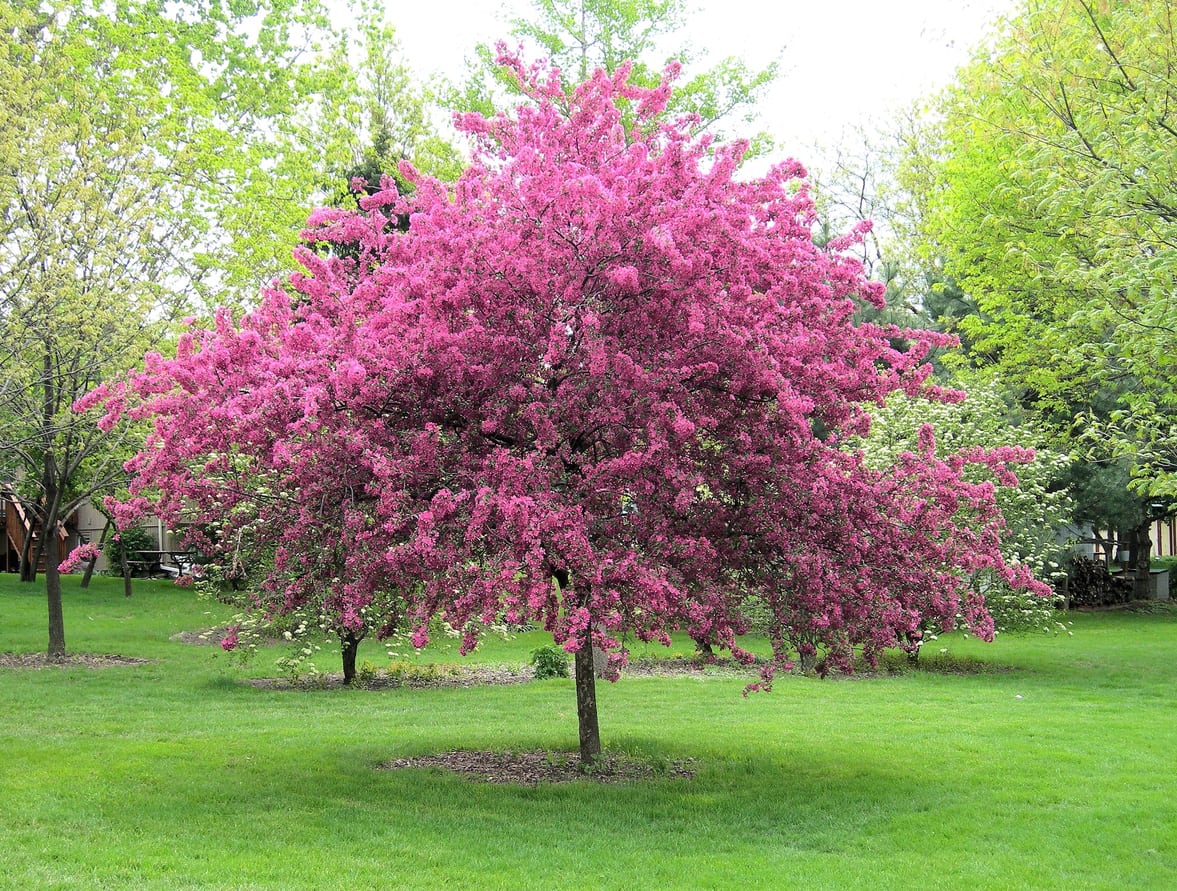 Crabapple Feeding Requirements: Learn How To Fertilize A Crabapple Tree
Crabapple Feeding Requirements: Learn How To Fertilize A Crabapple TreeFlowering crabapple is a popular ornamental tree that many people choose for landscaping for the attractive shape, spring flowers, and low-maintenance needs. Despite its hands-off nature, feeding a crabapple may be necessary to promote growth and health. Learn more here.
By Mary Ellen Ellis
-
Ralph Shay Crabapple Care: Growing A Ralph Shay Crabapple Tree
Ralph Shay crabapple trees are mid-sized trees with dark green leaves and an attractive rounded shape. These crabapples are on the large side and are suitable for growing in USDA plant hardiness zones 4 through 8. Click this article to learn more about them.
By Mary H. Dyer
-
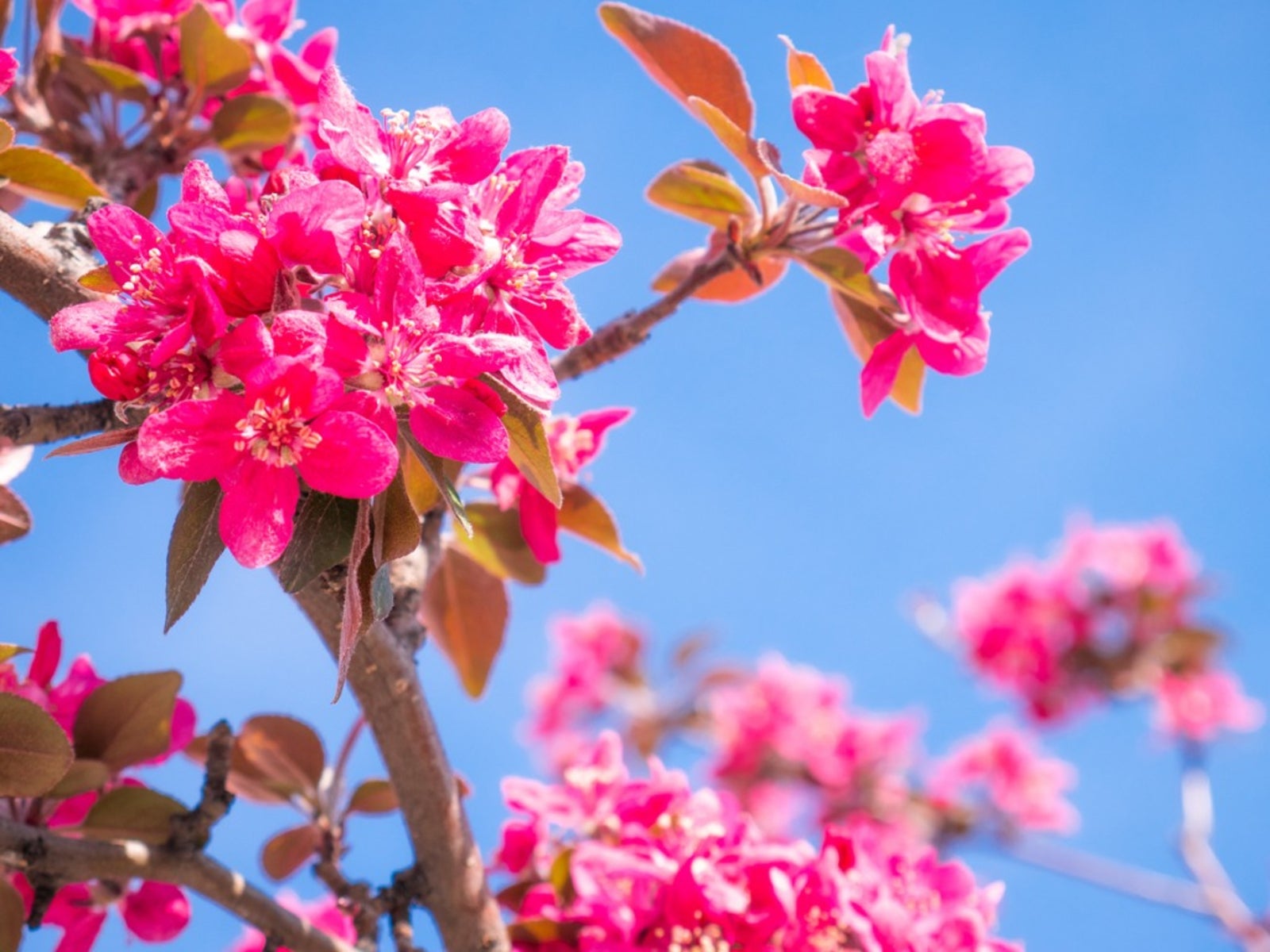 Royal Raindrops Crabapples – Learn About Growing A Royal Raindrops Tree
Royal Raindrops Crabapples – Learn About Growing A Royal Raindrops TreeRoyal Raindrops flowering crabapple is a newer crabapple variety with bold pinkish-red flowers in spring and dark green leaves that turn a bright coppery red in autumn. Interested in growing a royal raindrops tree in your garden? Click here for more information.
By Mary H. Dyer
-
Adams Crabapple As A Pollinizer: Tips For Growing An Adams Crabapple Tree
Beautiful the tree may be, but there is another important reason for growing an Adams crabapple; it is a great choice for pollinating other varieties of apple. Click here to find out how to grow an Adams crabapple and information about Adams crabapple care.
By Amy Grant
-
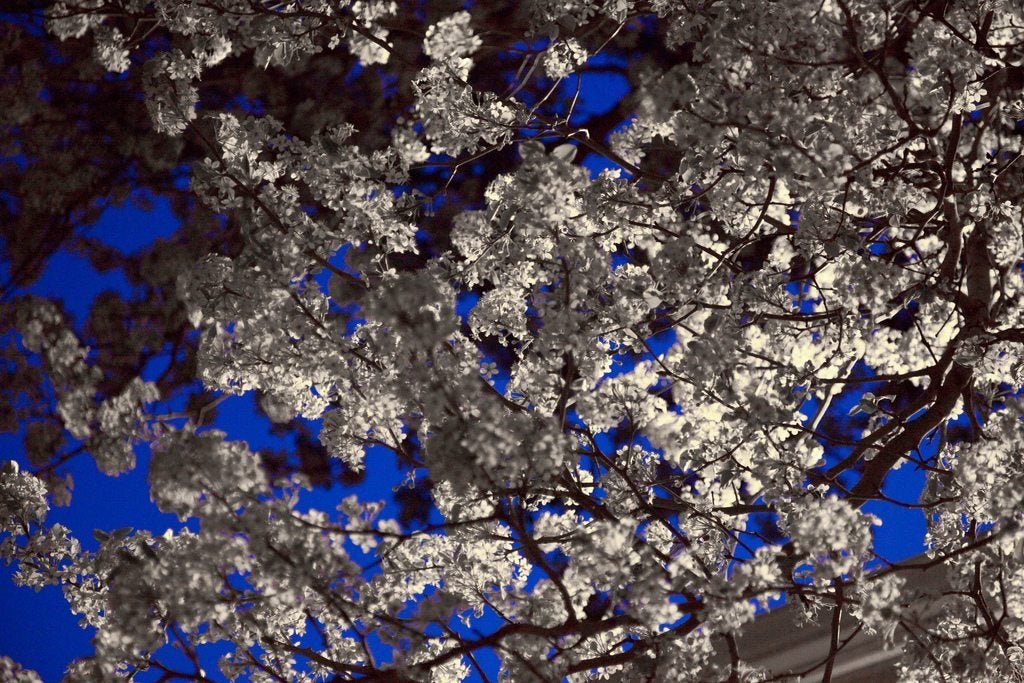 Spring Snow Crabapple Care: How To Grow A Spring Snow Crabapple Tree
Spring Snow Crabapple Care: How To Grow A Spring Snow Crabapple TreeIf you are looking for a fruitless crabapple tree, you might want to think about growing "Spring Snow" crabapples. Click on the article that follows for tips on how to grow a "Spring Snow" crabapple and other information.
By Teo Spengler
-
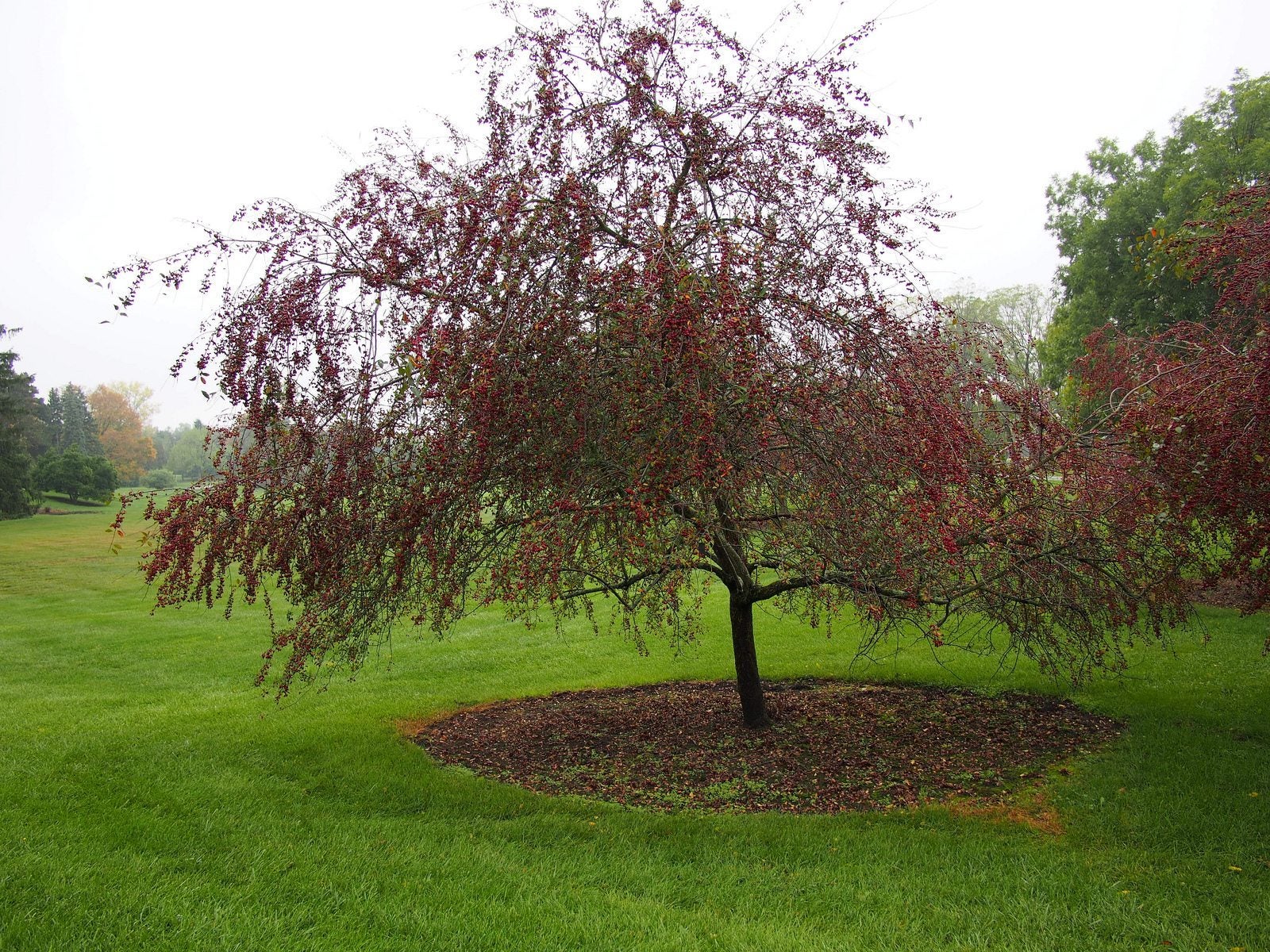 Prairifire Crabapple Information : Learn About Growing Prairifire Trees
Prairifire Crabapple Information : Learn About Growing Prairifire TreesPrairifire is a flowering crabapple with high disease resistance, ease of care and several seasons of beauty. The tree is outstanding as an ornamental specimen in the landscape and the fruits of the tree are important food for wild animals and birds. Learn more here.
By Bonnie L. Grant